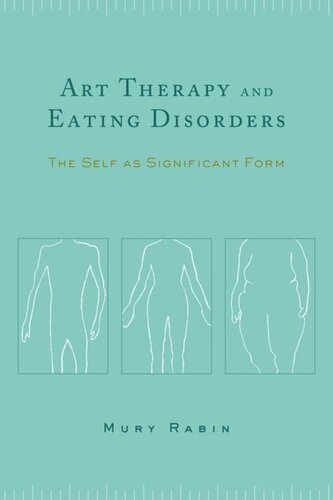

Most ebook files are in PDF format, so you can easily read them using various software such as Foxit Reader or directly on the Google Chrome browser.
Some ebook files are released by publishers in other formats such as .awz, .mobi, .epub, .fb2, etc. You may need to install specific software to read these formats on mobile/PC, such as Calibre.
Please read the tutorial at this link: https://ebookbell.com/faq
We offer FREE conversion to the popular formats you request; however, this may take some time. Therefore, right after payment, please email us, and we will try to provide the service as quickly as possible.
For some exceptional file formats or broken links (if any), please refrain from opening any disputes. Instead, email us first, and we will try to assist within a maximum of 6 hours.
EbookBell Team

0.0
0 reviewsA step-by-step approach to a unique art therapy technique (known as Phenomenal and Nonphenomenal Body Image Tasks, or "PNBIT") used to treat individuals with eating disorders. It focuses upon the individual's search for congruence between his physical reality and his self-image. The book also demonstrates how this technique may be used by clinicians other than art therapists and its usefulness in combination with other therapeutic techniques. It includes five case studies that illustrate how the PNBIT technique functions in practice.
Art Therapy and Eating Disorders is a step-by-step approach to a new and extremely promising technique for treating people with eating disorders—children as well as adults, male and female sufferers alike—that has proven to be a crucial aid to identification, prevention, and intervention. Mury Rabin demonstrates how her award-winning art therapy technique, known as Phenomenal and Nonphenomenal Body Image Tasks or "PNBIT," can be used by clinicians other than art therapists and shows its effectiveness in combination with diverse therapeutic techniques.
Unlike traditional therapy programs that treat symptoms, this technique focuses on root causes and consists of a series of tasks—some phenomenal: weight recording, mirror viewing, and body dimension estimates; others not: chromatic family line drawings and body image mandalas. The book includes five case studies that illustrate how the PNBIT technique functions in practice.